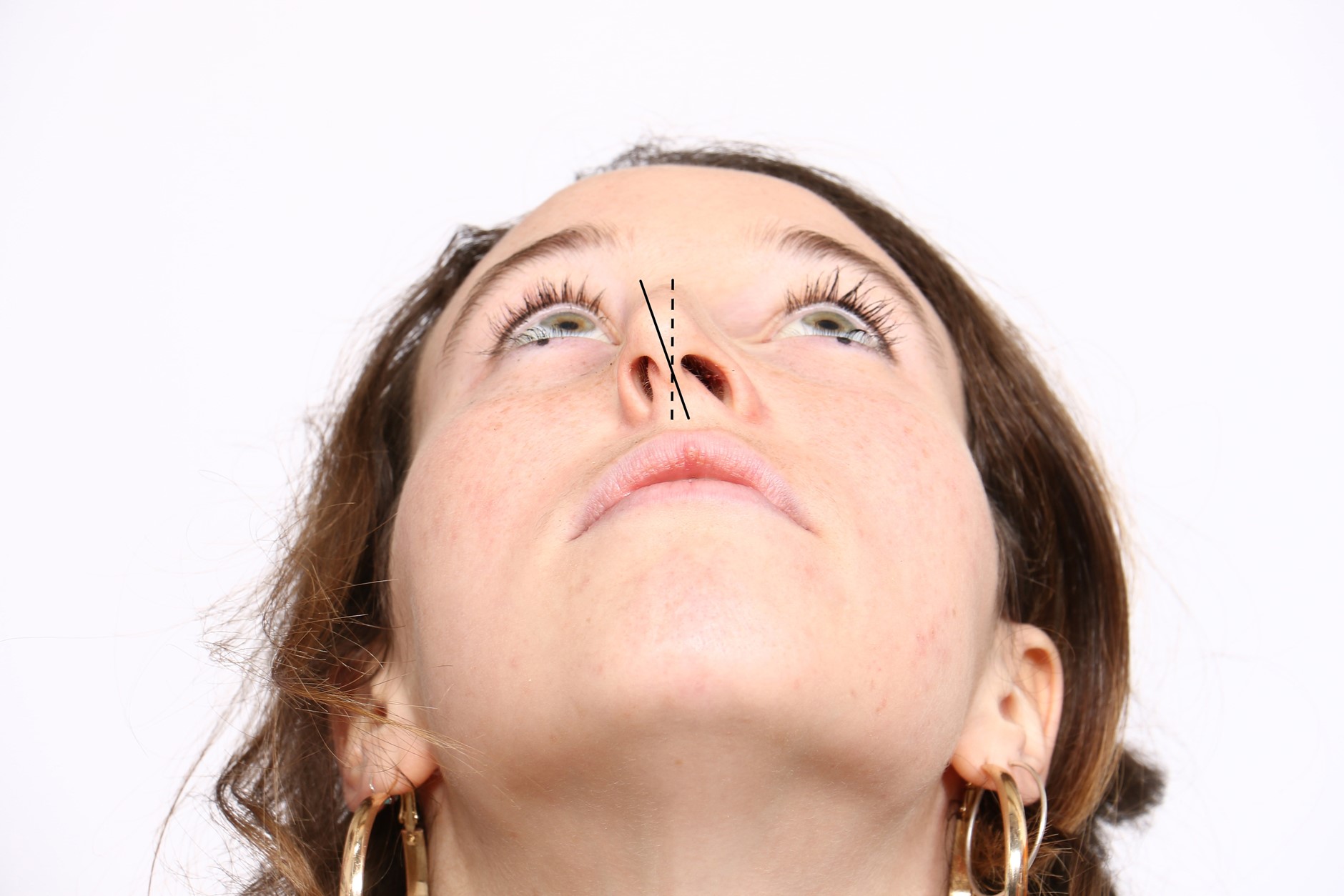What Is a Deviated Septum?
A deviated septum happens when the thin wall between your nostrils is off-center. This wall, called the septum, divides your nose into two sides. When it is not straight, one side of your nose may feel blocked. Many people have a slightly uneven septum. However, a severe deviation can cause breathing problems. Because a deviated septum is common, it is a leading cause of nasal obstruction.
Common Symptoms of a Deviated Septum
Not everyone with a deviated septum has symptoms. But, when symptoms appear, they can affect daily life. For example, you may notice:Blocked or stuffy nose, often worse on one sideFrequent nosebleedsSnoring or noisy breathing during sleepFacial pain or pressureDifficulty breathing through the noseFrequent sinus infections
Sometimes, symptoms get worse during a cold or allergy flare-up. In addition, dry air can make nosebleeds more common.
Main Causes of a Deviated Septum
There are several reasons why a deviated septum may develop. Most often, people are born with it. However, it can also happen after an injury. For instance, a fall, sports accident, or car crash may shift the septum. Over time, normal aging can also make the septum bend more. Because of these causes, anyone can develop a deviated septum at any age.
How Doctors Diagnose a Deviated Septum
If you have symptoms, a doctor can check for a deviated septum. First, your doctor will ask about your symptoms and health history. Next, they will look inside your nose using a special light or a small camera. Sometimes, your doctor may use a thin tube called an endoscope for a better view. In rare cases, a scan may be needed. Most of the time, a simple office exam is enough to make a diagnosis.
Treatment Options for Deviated Septum
Treatment for deviated septum depends on how severe your symptoms are. In many cases, mild symptoms can be managed without surgery. However, if symptoms are severe, surgery may be needed.
Medical Treatments
Saline nasal sprays to keep the nose moistDecongestants to reduce swellingAntihistamines for allergiesNasal steroid sprays to ease inflammation
These treatments can help with symptoms but do not fix the shape of the septum.
Surgical Treatment
If medical treatments do not help, surgery may be an option. The most common surgery is called septoplasty. During this procedure, a surgeon straightens the septum. Most people go home the same day. Recovery is usually quick, but you should follow your doctor’s advice closely.
Lifestyle Tips for Managing Symptoms
Even with a deviated septum, you can take steps to feel better. For example:Use a humidifier to keep air moistDrink plenty of waterAvoid smoking and secondhand smokeKeep your nose clean with gentle saline rinsesSleep with your head raised to ease breathing
Additionally, try to avoid allergens and irritants that can make symptoms worse.
Prevention and When to Seek Medical Help
It is not always possible to prevent a deviated septum. However, you can lower your risk of injury by wearing seat belts and using protective gear during sports. If you have ongoing nasal blockage, frequent nosebleeds, or trouble breathing, see a doctor. Early care can help prevent problems from getting worse. In summary, do not ignore symptoms that affect your daily life.
Conclusion
A deviated septum is a common cause of nasal obstruction. While many people have no symptoms, others may need treatment. If you think you have a deviated septum, consult an ENT specialist for personalized advice and care.
Sources: Centers for Disease Control and Prevention (CDC), Mayo Clinic, American Academy of Otolaryngology–Head and Neck Surgery

